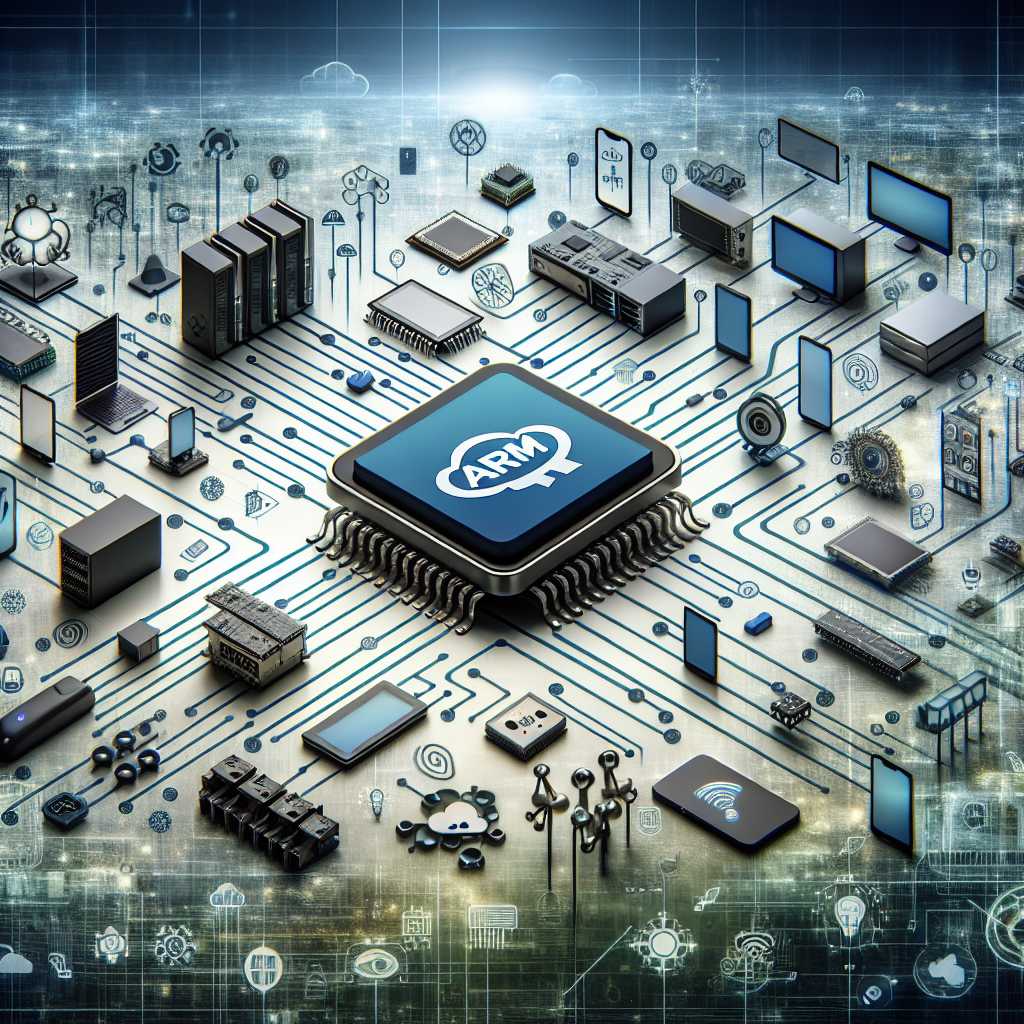Understanding ARM Holdings: A Critical Player in the Global Semiconductor Industry
ARM Holdings, a semiconductor and software design company, has grown into an indispensable player in the global tech landscape. With its pervasive and influential technology being in billions of smart devices around the world, ARM’s business model, innovation approaches, market impact, and potential future directions are critical topics for understanding today’s tech ecosystem.
Introduction to ARM Holdings
Founded in November 1990 as Advanced RISC Machines Ltd, ARM Holdings originated as a joint venture between Acorn Computers, Apple Inc., and VLSI Technology. The company, now commonly known as ARM, made its name on RISC (Reduced Instruction Set Computing) architectures for computer processors. ARM’s innovative approach focuses on designing chips that are both powerful and energy-efficient, earning its reputation through widespread employment in mobile devices and embedded systems.
The ARM Business Model
The uniqueness of ARM’s business model lies in its licensing approach. Unlike companies that produce their own silicon chips, ARM designs the processor technology and licenses it to other companies who manufacture, sell, or incorporate ARM’s IP (Intellectual Property) into their own products. There are two primary types of licenses: architecture licenses, which allow companies to design their own processors using ARM’s underlying architecture, and core licenses for off-the-shelf processor designs created by ARM.
Licensing Partnerships and Market Penetration
ARM’s licensing model has enabled it to build extensive partnerships across multiple industries, making ARM’s influence omnipresent – from the smartphone in your pocket to smart home devices, automotive systems, and even vast server farms. By working with giants like Apple, Samsung, Qualcomm, and Nvidia among others, ARM has effectively created an ecosystem wherein its technologies form the bedrock of modern computing across various applications.
Innovation and Technological Advances
ARM’s dedication to continual innovation is seen in each new generation of the ARM architecture. At the forefront of their invention is the pursuit of balance – achieving higher performance while reducing power consumption. Technologies like Big.LITTLE processing deliver complex CPUs with multi-core arrangements capable of not just power savings but also peak performance when required.
Economic Impact and Competition
While critically lauded for innovation, ARM’s position is also one of considerable competitive dominance. Their pervasive presence in markets means traditional rivals such as Intel have faced uphill battles in sectors like mobile computing. Regulatory bodies have closely watched ARM’s business dealings as a result, especially with large acquisition deals such as Nvidia’s failed attempt to buy ARM from SoftBank highlighting market sensitivity towards consolidation risks.
Future Prospects and Challenges
Looking ahead, ARM continues pivoting towards markets ripe for growth such as IoT (Internet of Things), autonomous vehicles, and AI (Artificial Intelligence). Challenges include navigating increasingly complex trade relationships between nations and staying at the cutting edge of semiconductor innovation amidst fierce global competition.
